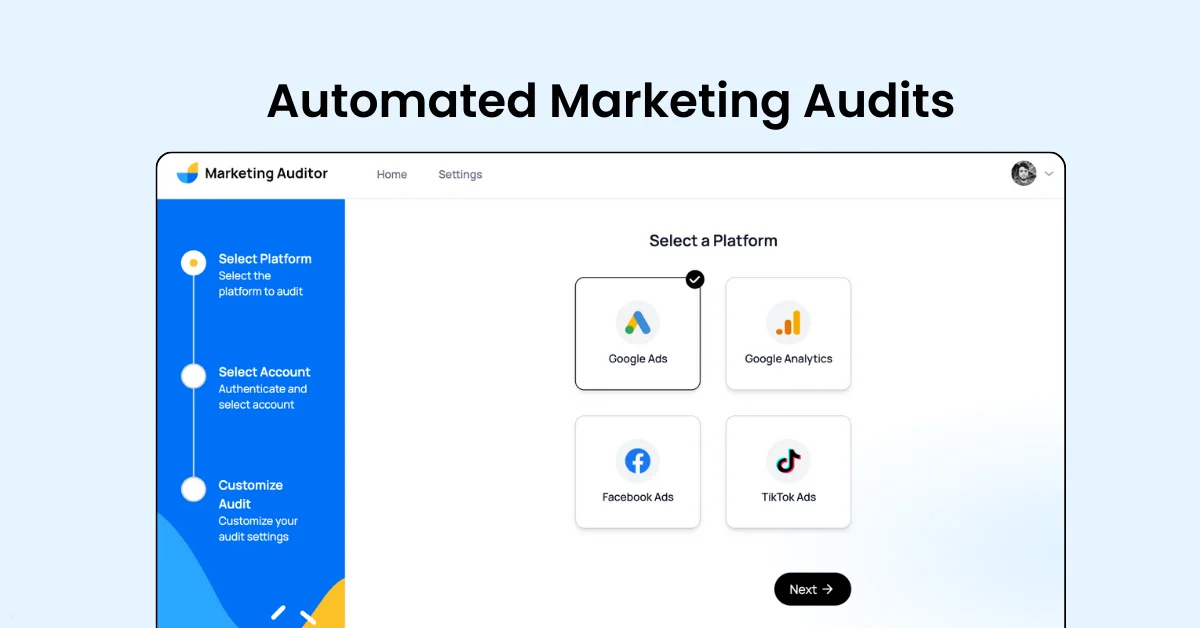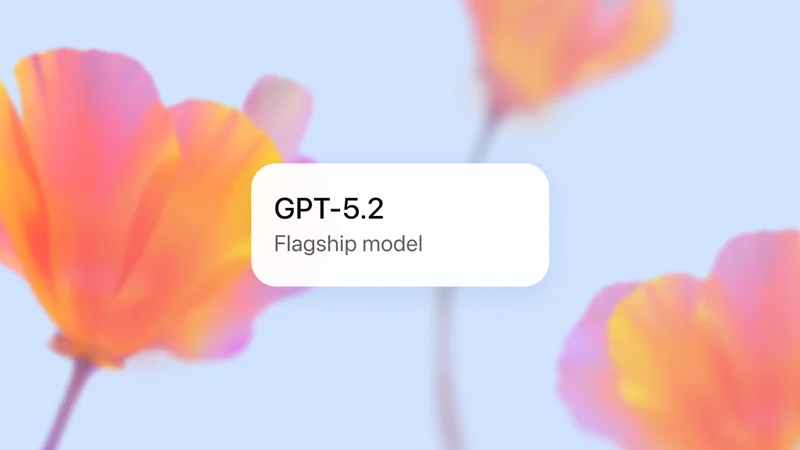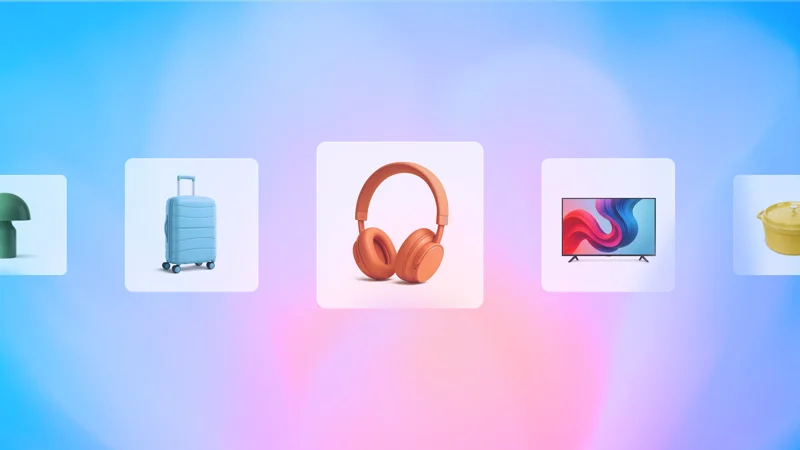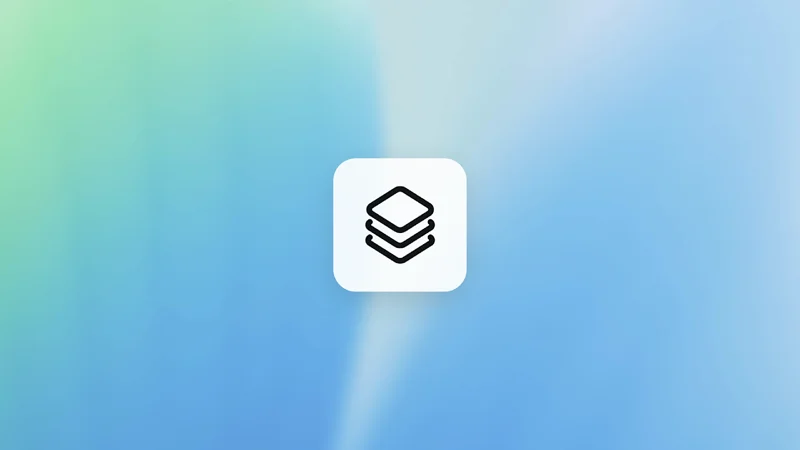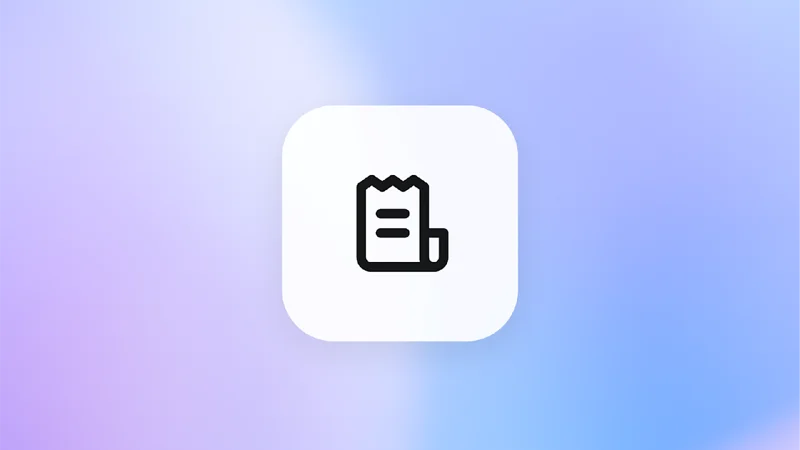 Trending ️🔥
Trending ️🔥ChatGPT Health launches to offer secure personalized health insights and support
59 minutes ago
OpenAI introduces ChatGPT Health, a secure experience combining personal health data with ChatGPT to help users manage health. It connects medical records and wellness apps for personalized advice, with strong privacy protections like encryption and data isolation. Developed with physicians, it supports health management without replacing care. Access begins with a waitlist, initially in the U.S. and on iOS.

